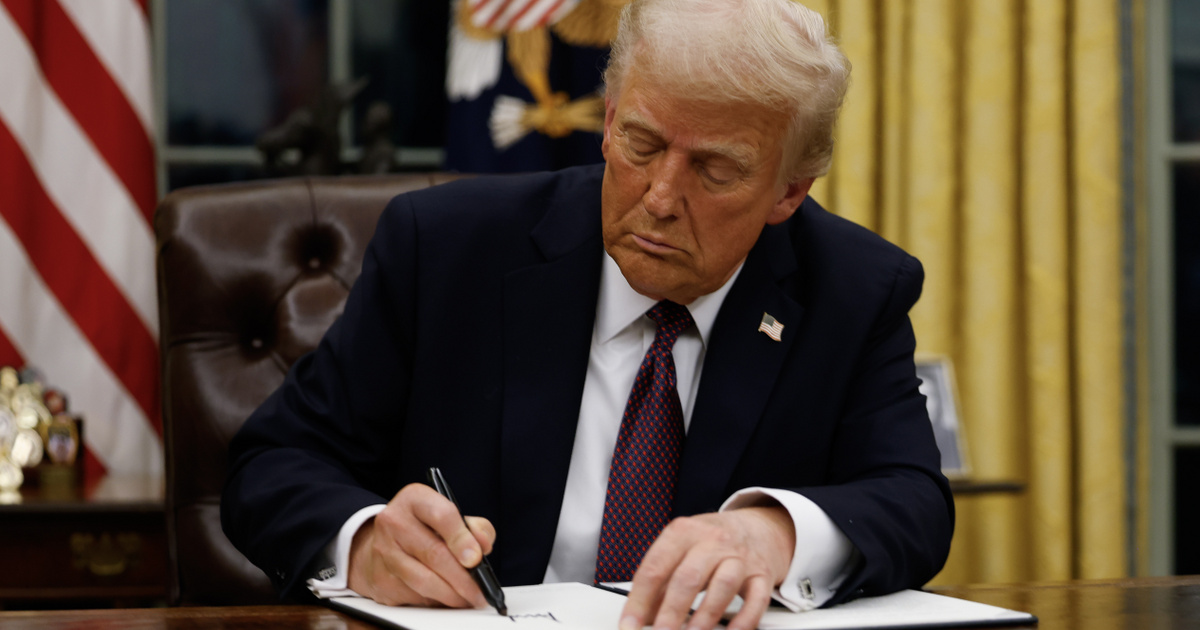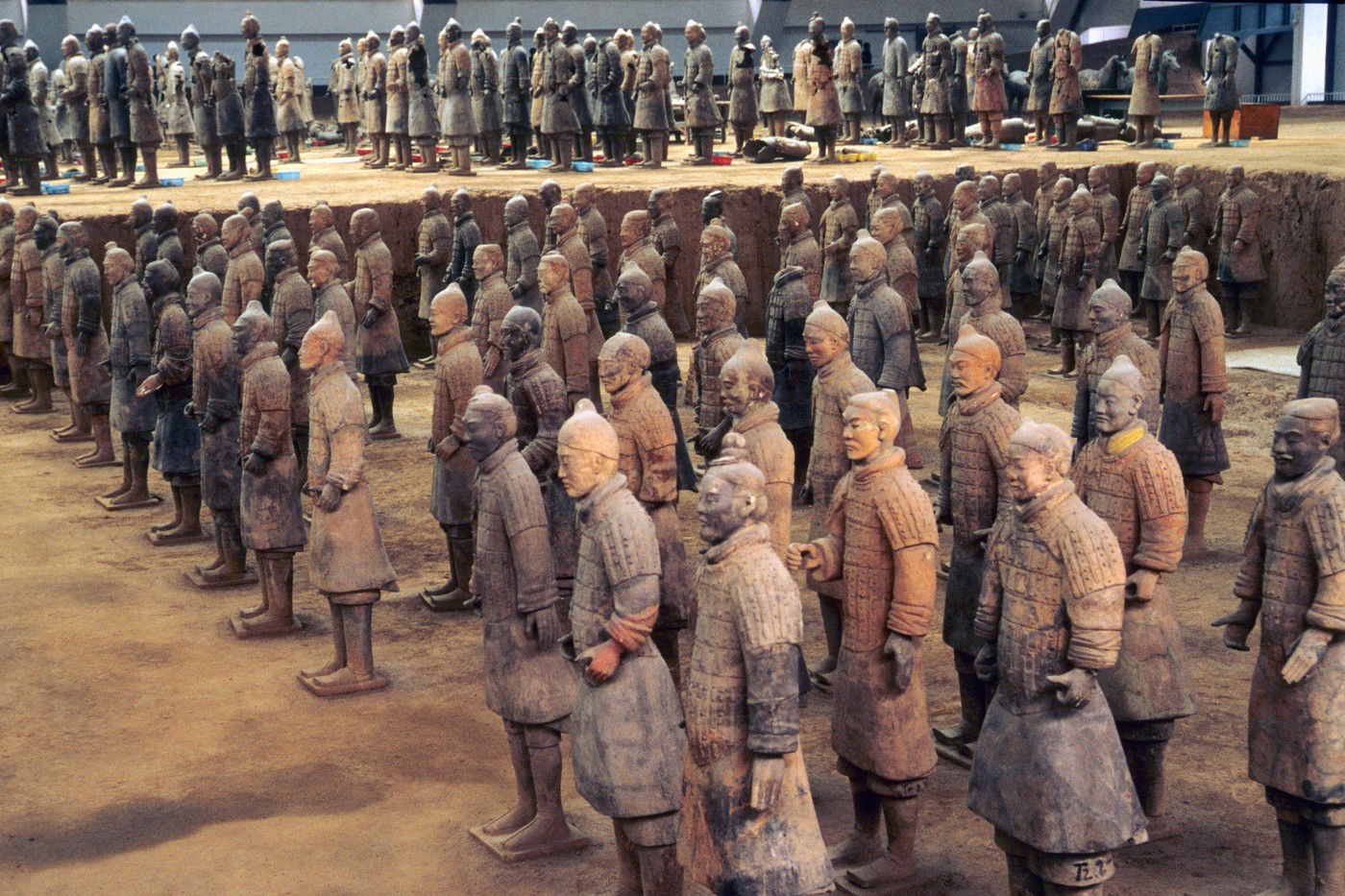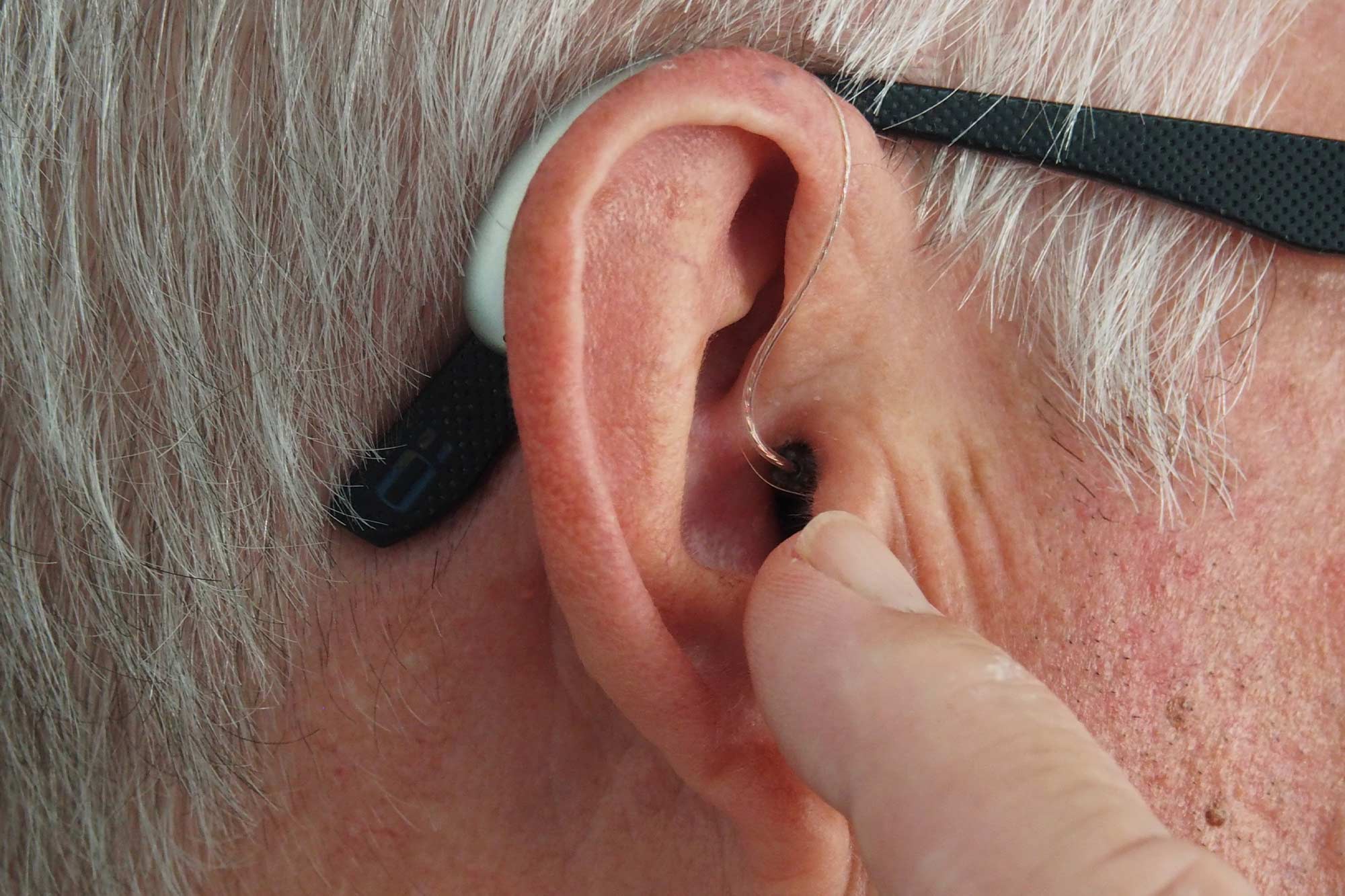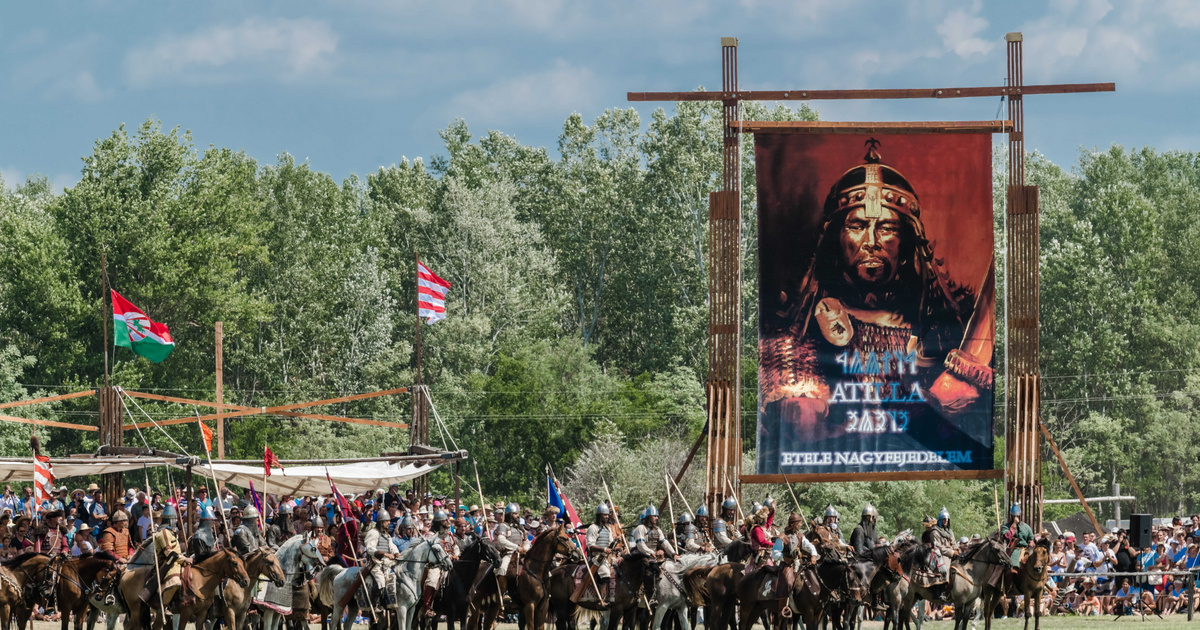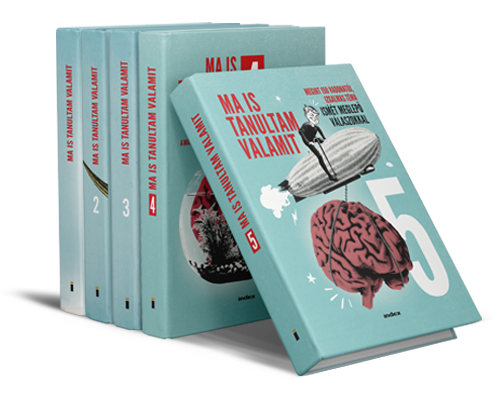As part of the tissue research project, an international research team for Hungarian, American, German and Austrian professionals bound to the European people in the era of Hun with some of the great individuals in the Hun Empire.
Research has yet shown that although there are a few in the carpneys, there have been mixed societies of new expatriates who represent the diversity of contemporary cultures and genetic heritage, that In a press release.
The Huns Volga through the late 1970s and created one of the long -term Bedouin Empire in Europe. Researchers have always been interested in the relationship between Asian and Europeans.
Although the identity of popular names is widely acceptable, the Hun Empire in Asia BC. More than 250 years have passed between the fall of about 100 and the appearance of the European hoars.
The researchers analyzed the genetic style of 370 people who were in British Colombia to answer the question. 2 and kr. They came from three different geographical regions between the sixth century: the inner Asia, Central Asia and the carp. The research also analyzed 35 new genetic samples of Hungary and the eastern regions of Kazakhstan.
According to the research, no Asian societies or major stems have been formed in the carcass basin after the arrival of the Hun, and only 7 percent of the population can be classified as this original. However, a distinguished group has been identified with great genetic features in East Asia. During the search, a new type of comparison was placed between genetic relationships, as some people in Hungary showed their relatives directly with people from the late Mongolian Empire.
It did not come like Africans and House in Europe
This discovery proves that some European hoop members can be returned to the Mongolian steps and to the distinguished people buried in the end of Xiungnu Buriaals. According to the research, the residents of the Hun Empire were very heterogeneous, and genetic and archaeological evidence indicated that societies showed mosaic, not one migration from one place. The researchers determined that even the burial of the steps was very diverse and could be linked to different groups.
Research results also highlight that Hun's arrival in Europe was different from access to Avars later. While the Turks, after being destroyed by the Turks, settled relatively quickly in Europe, the Hun created a new empire after a multi -year time, with the participation of many other European groups. Although this empire brought significant changes in the political scene, its genetic influence remained relatively limited.
This new research highlights the fact that the combination of the most modern genetic and archaeological methods can be done a lot to clarify the formation of the population and the origin of the past. The study strengthens relations between the Hun era and the Hun Empire in Asia, which helps to better understand the dynamic relations that link Eastern and Western Europe.

